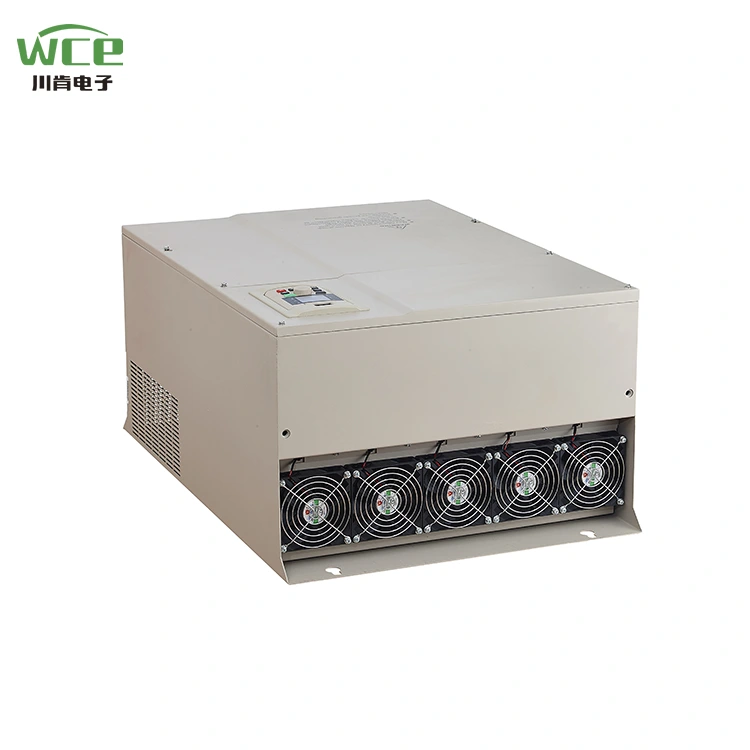What is an AC Drive?
2025-04-29
An AC drive (also called a variable frequency drive or VFD) is an electronic device that controls the speed, torque, and direction of an AC motor by adjusting the frequency and voltage supplied to it.
Why Use an AC Drive?
- Speed Control: Run motors at different speeds depending on the application.
- Energy Savings: Reduce energy use, especially in pumps and fans.
- Process Control: Improve product quality by controlling motor speed precisely.
- Reduced Wear: Gentle motor starts and stops reduce mechanical stress.

Key Parts of an AC Drive:
1. Rectifier
- Converts incoming AC power (from the grid) to DC power.
2. DC Bus (Link)
- Smooths and stores the DC energy temporarily.
3. Inverter
- Converts DC power back into AC power — but with controlled frequency and voltage.
4. Control Circuit
- Electronic brains that monitor inputs and regulate the output accordingly.
How Does It Work?
1. Incoming AC power ➔ Rectified to DC.
2. DC is smoothed/stored in capacitors (DC Bus).
3. DC is inverted back to AC at a new frequency and voltage.
4. The motor speed = proportional to the frequency supplied.
(Speed ∝ Frequency)
Basic Terms You Should Know:
- Frequency (Hz): Controls the speed of the motor (e.g., 50Hz = standard speed, 25Hz = half speed).
- Voltage (V): Controls the torque (force) output of the motor.
- V/f Control: A simple method where voltage and frequency are adjusted together proportionally.
- Vector Control: A more advanced method that allows even finer torque/speed control, even at low speeds.
Typical Applications:
- Fans
- Pumps
- Compressors
- Conveyor belts
- Elevators
Quick Example:
If you have a fan motor rated at 50Hz, and you use an AC drive to supply only 25Hz, the fan will spin at about half its normal speed — saving a lot of energy compared to mechanical throttling.


